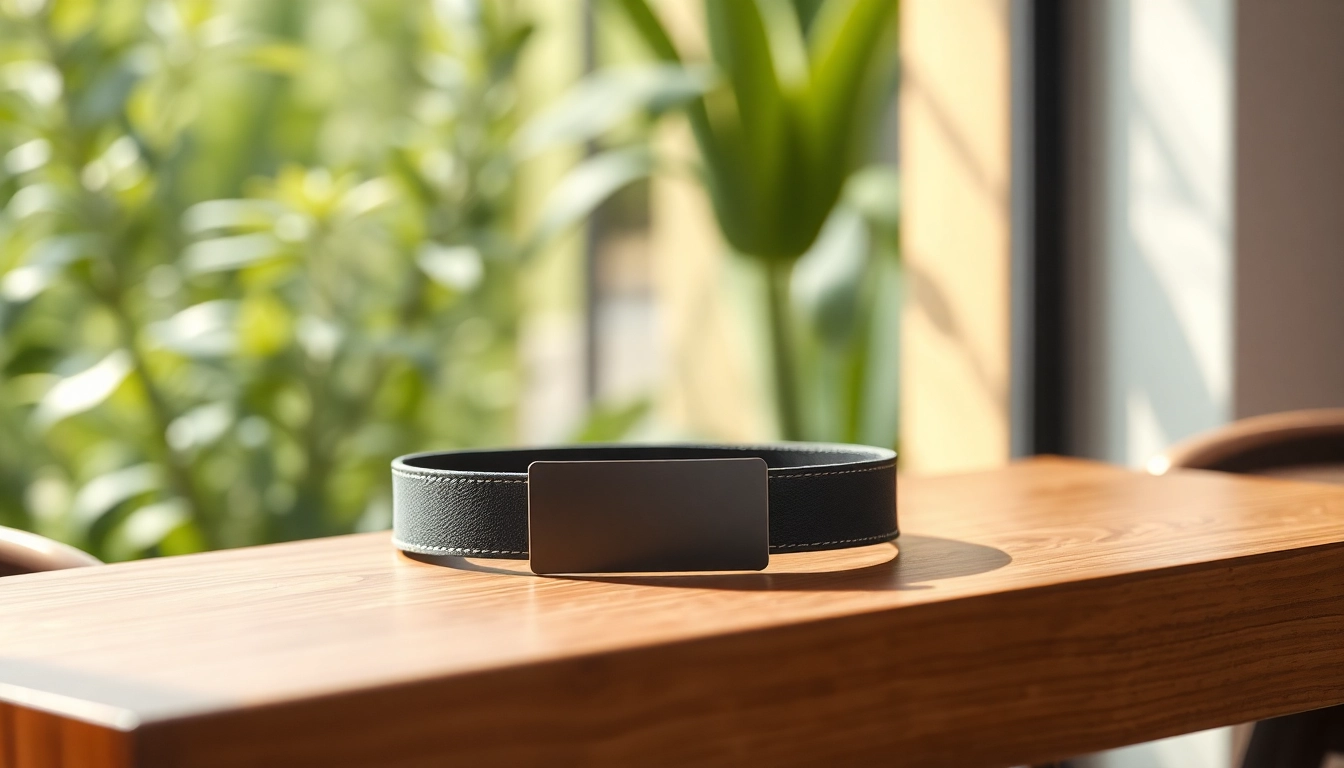Understanding Selling Wholesale on Amazon
The landscape of e-commerce has transformed rapidly in recent years, with platforms such as Amazon leading the charge. Many entrepreneurs are opting to explore the avenues of selling wholesale on amazon as a viable business model. Selling wholesale typically entails purchasing bulk products directly from manufacturers or distributors and then reselling those items individually at a markup. In this article, we will delve into the fundamentals of selling wholesale on Amazon, exploring everything from the initial steps required to get started to the strategies that will enhance your chance of success.
What Is Selling Wholesale on Amazon?
Selling wholesale on Amazon involves taking advantage of Amazon’s vast marketplace by sourcing products from wholesalers or manufacturers at a lower cost and reselling them through the platform. Wholesalers usually sell items in bulk to retailers, allowing these businesses to profit by selling them individually to consumers. This model enables sellers to access popular products without the burdens associated with manufacturing or brand development, making it an attractive option for many new and established entrepreneurs alike.
Key Benefits of Selling Wholesale on Amazon
There are several advantages to selling wholesale on Amazon:
- Established Marketplace: Amazon’s customer base is vast, meaning sellers have access to millions of potential buyers.
- FBA Program: The Fulfillment by Amazon (FBA) program allows sellers to store products in Amazon’s warehouses, simplifying logistics and providing customer service.
- Brand Trust: Customers often prefer purchasing from Amazon due to its reputation for reliable fulfillment and customer service, which can translate into increased sales for sellers.
- Lower Upfront Investment: Compared to creating a brand from scratch, purchasing wholesale stock can often require a significantly lower initial investment.
Common Myths Debunked About Wholesale Selling
Despite its benefits, there are some misconceptions about selling wholesale on Amazon:
- It’s Easy Money: While the potential for profitability exists, success requires effort, diligence, and strategic planning.
- Wholesale Means Low Quality: Not all wholesale products are of inferior quality. Identifying reputable suppliers is crucial for maintaining product standards.
- Only Large Sellers Profit: Small sellers can also achieve success through niche markets and effective marketing strategies.
Finding Profitable Products for Wholesale on Amazon
Identifying High-Demand Products
The first step toward success in selling wholesale on Amazon is identifying high-demand products. Conduct thorough market research to determine what items are trending in your chosen category. Tools such as Amazon’s Best Sellers, Marketplace Research, and external platforms like Google Trends can provide valuable insights into consumer preferences. It’s vital to select products with steady sales velocity to ensure a consistent revenue stream.
Tools and Techniques for Product Research
Utilizing the right tools can streamline your product research process. Consider leveraging:
- Jungle Scout: This tool allows you to estimate sales for specific products and identify potential opportunities within your niche.
- Helium 10: A suite of tools designed to aid in product research, keyword optimization, and competition analysis.
- Keepa: A tool that tracks price history and sales rank, helping you to identify trends over time.
Analyzing Competition in Wholesale Markets
Understanding your competition is critical when determining your product lineup. Analyze competitors on Amazon who are selling similar products, noting their pricing strategies, marketing efforts, and customer feedback. Look for gaps in the market or areas where you can differentiate your offerings, whether through pricing, bundling, or customer service. Tools like AMZScout can assist in competitive analysis by providing data on sales estimates, reviews, and monthly revenue.
Sourcing Suppliers for Selling Wholesale on Amazon
How to Find Reliable Wholesalers
Finding credible suppliers is essential for a successful wholesale business. Start by exploring trade shows, online directories, or wholesale marketplaces that specialize in your product category. Websites such as Alibaba, ThomasNet, and Global Sources are valuable resources for identifying potential wholesalers. Always verify their credentials and ask for samples before committing to a large order to ensure the quality of their products.
Building Strong Relationships with Suppliers
Once you have identified potential wholesalers, building strong relationships is key. Effective communication and reliability can create long-lasting partnerships. Be clear about your expectations, place orders consistently, and maintain transparency with your suppliers. This can often lead to better pricing, preferred access to new products, and collaborative opportunities that can further enhance your business.
Negotiating the Best Wholesale Prices
Negotiation is a critical aspect of sourcing wholesale products. Always approach suppliers with clarity regarding your market research, including competitors’ pricing and anticipated order volumes. Establishing a rapport with your supplier can often lead to favorable terms. Don’t be afraid to ask for discounts on bulk orders or terms of agreement that benefit your cash flow, such as extended payment terms.
Setting Up Your Amazon Seller Account
Steps to Register as a Seller
To get started with selling wholesale on Amazon, you must first register as a seller. Visit the Amazon Seller Central platform to create an account by providing basic information, including your business name, address, and tax information. Amazon offers two types of accounts: Individual and Professional. It is essential to consider your selling volume, as the Professional account incurs a monthly subscription fee but offers greater selling tools and capabilities.
Understanding Amazon’s Fees and Policies
Understanding Amazon’s fee structure is crucial for profitability. Common fees include:
- Referral Fees: A percentage of the sale price, which varies by category.
- Fulfillment Fees: Associated with using the FBA program, covering storage and shipping of goods.
- Monthly Subscription Fee: Charged for the Professional seller account.
Additionally, familiarize yourself with Amazon’s policies to avoid any pitfalls or penalties that could impact your selling experience.
Best Practices for Listing Products Effectively
Creating effective product listings is foundational to your success on Amazon. Your listing should include:
- Strong Titles: Incorporate relevant keywords while maintaining clarity and conciseness in the title.
- High-quality Images: Use professional photos that showcase your products from multiple angles and demonstrate usage.
- Detailed Descriptions: Write clear, enticing descriptions that highlight the features and benefits of your products, addressing potential customer inquiries.
- Keyword Optimization: Implement effective keyword strategies to improve visibility in Amazon’s search results.
Marketing Your Wholesale Products on Amazon
Leveraging Amazon Ads to Boost Visibility
Amazon offers various advertising options to help sellers increase product visibility, including Sponsored Products, Sponsored Brands, and Display Ads. These ad formats can significantly enhance your product’s exposure, leading to more sales. Set a clear advertising budget, and continuously monitor and optimize your campaigns based on performance metrics like click-through rates and conversions.
Utilizing Social Media for Promotion
Expanding your marketing reach through social media can drive additional traffic to your product listings. Consider creating a brand presence on platforms like Instagram, Facebook, and Pinterest to engage potential buyers. Share content that highlights your products, offers promotions, or showcases customer testimonials, ultimately driving awareness and interest.
Measuring Success and Optimization Strategies
Finally, continuously assess your performance metrics to gauge the success of your wholesale business. Monitor sales data, customer feedback, advertising performance, and inventory levels. Prepare to pivot and optimize your strategies based on data-driven insights. Implementing A/B testing on product listings, ad campaigns, and pricing strategies can yield valuable information on what resonates best with your audience and maximizes profitability.



